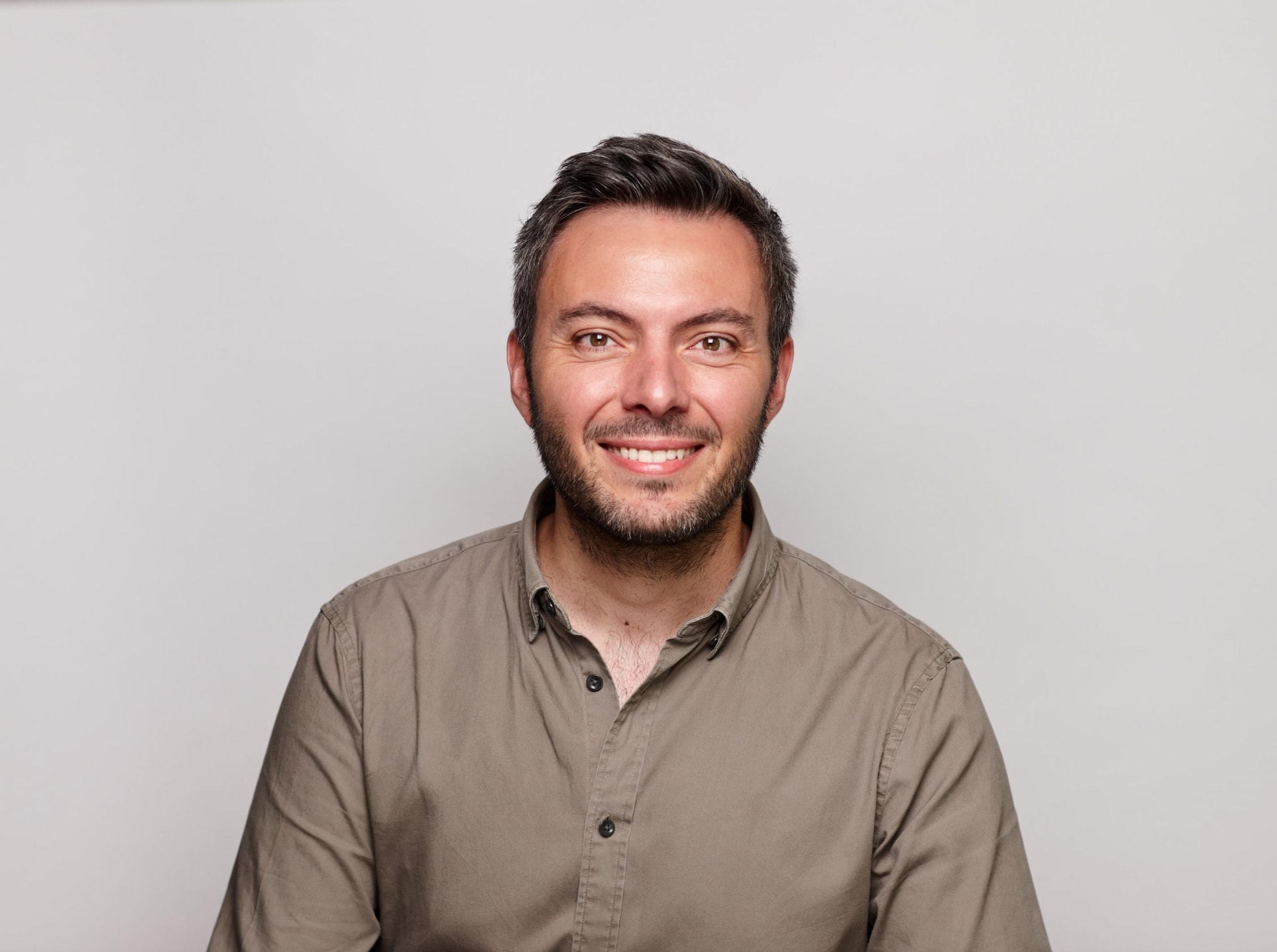US-based language-learning app Duolingo entered India in 2016 with sharp insights. The brand identified that most Indians have always been bilingual, and English is still an aspirational language here. Emmanuel Orssaud, vice president, global head of marketing, Duolingo, tells Storyboard18 that globally too English is the number one language on the app. It’s the universality of English that drives users to the app.
However, what stands out for Duolingo are other trends. For instance, Orssaud and his team have identified that users of Duolingo have a real appetite for Asian languages, in particular Korean and Japanese. This is heavily driven because of the strong connection users have with cultural events. Pop culture is also a major factor for the interest growth in these languages. “If you really want to understand a piece of art, whether it is music or art, better, understanding the nuances of the language and picking up a few words is always rewarding,” says Orssaud, adding that India is Duolingo’s fifth largest market right now.
In India—Duolingo’s fifth largest market right now, according to Orssaud—75 percent of the learners on Duolingo are under 30 years of age. Orssaud explains the user dynamics: “With India, we do see a younger age group on Duolingo for four reasons—for educational purposes, brain training, work opportunities and travel.”
Currently, the app is building on communication that focuses on brand awareness. Karandeep Singh Kapany, country marketing manager, India, Duolingo, and his team are building a ‘subculture’ for Duolingo on social media, especially Instagram. The brand has been featuring its green owl mascot, Duo, in most of its communication. From appearing on memes to dancing to Bollywood songs, Duo has been a crowd-puller for Duolingo.
Not so long ago, business tycoon Anand Mahindra casually revealed that he has been using Duolingo—learning Spanish to connect with his son-in-law and grandson who are the speakers of the language. It was a dream organic content piece, admits Kapany.
Duolingo’s global story
Globally, Duolingo started actively marketing itself only three years ago. Orssaud walks Storyboard18 through this. “The role of marketing for us is not necessarily to focus on the company’s growth. Marketing is more of a way to build the right brand around the product,” he underlines.
The brand realised that it needed to go beyond advertising on television and include cultural context in its playbook. “The TV ads (in a few countries that didn’t include India) were not performing at the level expectations that we wanted. We consciously decided to not do any more of those integrated campaigns. We wanted to focus on connecting language with cultural moments,” he observes. The insight was to not sell users the product but to engage in creative conversations on what they like to see on their social timelines.
The brand’s topical marketing stunts on short video service TikTok has drawn 7.3 million followers. Recently, the app jumped on the Barbie bandwagon, creating several TikTok reels around the film. Duolingo’s sound effect makes a brief appearance in the movie during a scene where one of the character is learning Spanish. The brand’s mascot Duo was also seen at the Los Angeles premiere of what could be the highest grossing Hollywood movie of 2023. An ad created then is currently running before Barbie screenings across US theatres.

“We believe the best marketing is one that makes you smile and laugh, that’s how you remember a brand,” says Orssaud.
Interestingly, the app also has Klingon, the eponymous constructed language spoken by the fictional alien race in the Star Trek fantasy universe, and Valyrian, a fictional language family in the A Song of Ice and Fire series of fantasy novels by George RR Martin, and in its television adaptation Game of Thrones.
According to online entertainment experts from Jeffbet.com who analysed global Google search data, these two make it to the top 10 fictitious languages on the internet. When Netflix’s show Emily in Paris was released, the app showed an uptick in French learners on the app, indicating that pop culture is a centrepiece on the brand’s growth map.
Duolingo’s marketing is done primarily in-house with a team of 40 people. Two-thirds of the team is in the US, with the others in different countries.
Duolingo’s hot take on AI
Artificial intelligence (AI) is a core foundation of Duolingo, says Orssaud. “We developed our own model of machine learning for Duolingo called Birdbrain. This tool knows how users are progressing and learning so that it can give them the right lesson at the right time. There is an element of learning called spaced repetition. This ensures that the vocabulary users learn on Duolingo comes back at regular intervals to help them memorise it. That’s an element of personalisation,” he adds.
Duolingo is also now planning to use AI across character animation. A lot of work on the app is about illustration and sets of characters. Animation is time-consuming. The company is now looking at ways in which it can minimise the turnaround time required for illustrations using AI. From voice overs to aesthetics, a lot of detailing goes into the making of a learning app. Localisation is critical, too. All of this can be optimised using AI tools, opines Orssaud.
From a marketing lens as well, Orssaud thinks AI can help in developing smart processes. “Performance marketing is a game of constant optimisation but it requires a lot of time and effort. So we are excited about the opportunity to create a variety of assets using AI to iterate and scale those assets quickly,” he says.
